Enlarge
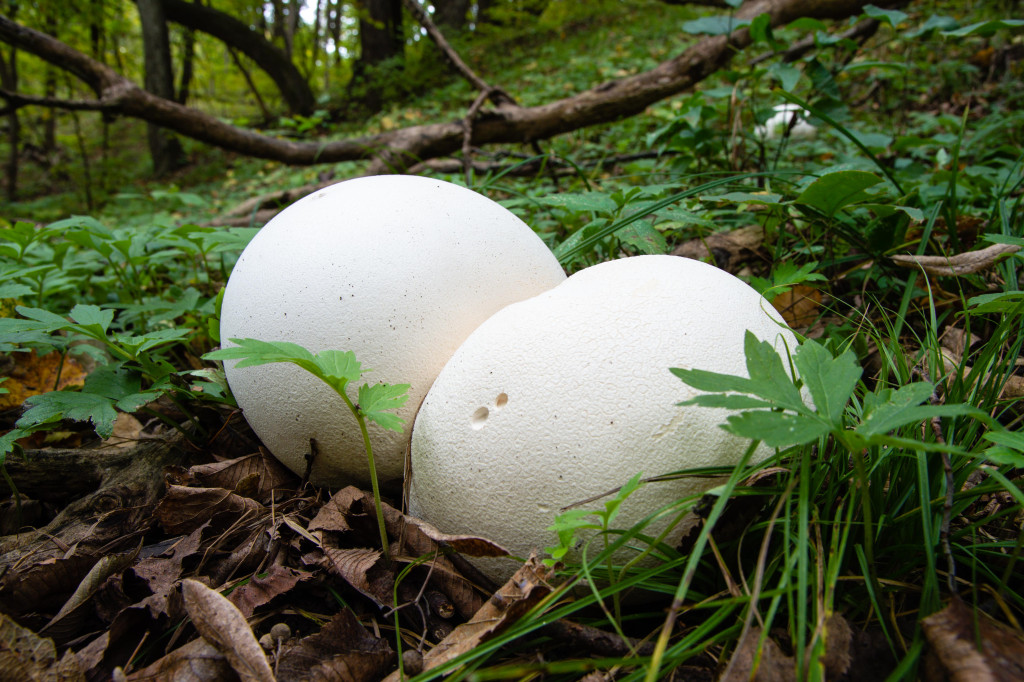
By Monica Macoubrie, Wildlife Education Specialist
Humans eat them. We have about a million puns associated with them. They’re pretty to look at, and they are literally found everywhere. I’m talking about fungi, a group of spore-producing organisms, which includes molds, yeasts, mushrooms and toadstools.
Fungi evolved around 1.5 million years ago, and today, they make up around 25 percent of all the biomass on earth. There are an estimated 3.8 million species in the world, and scientists have studied around 80,000 of them. Lots of people mistake fungi as being similar to plants, but the truth is, humans are more related to fungi than plants. Plants are autotrophs, which means they make their own food, whereas fungi are heterotrophs, meaning they rely on organic material for nutrition.
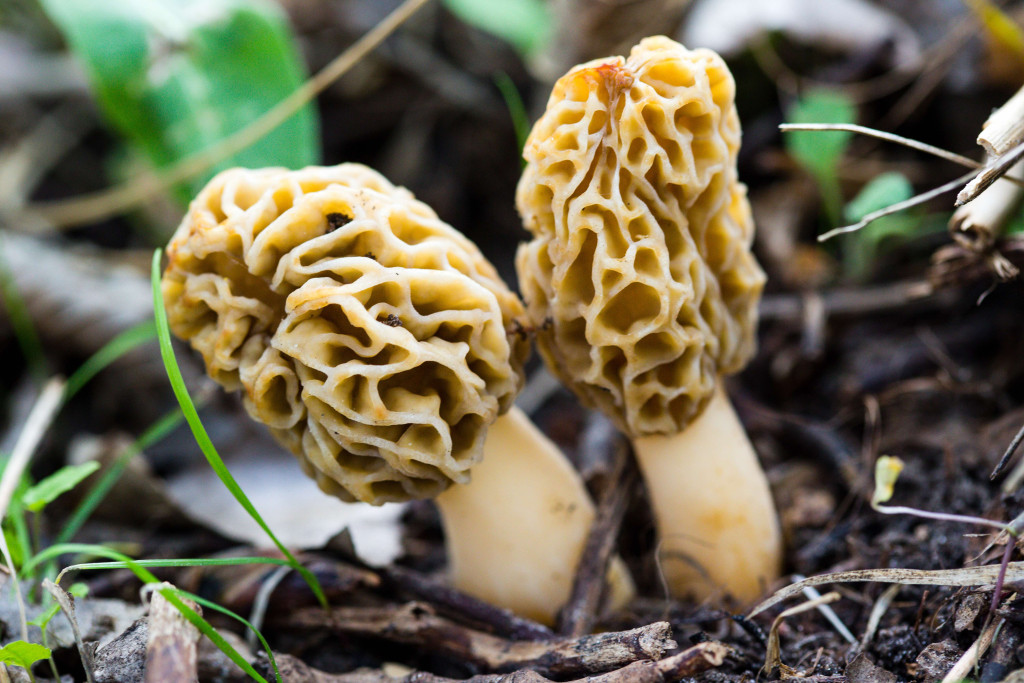
Fungi feed in one of three ways. Saprophyte fungi live and feed on dead or decaying organic matter, such as dead wood, dung, leaf litter or the dead tissues of trees. Saprophytes are extremely beneficial to their ecosystems, as they break down and recycle dead plant and animal material. Secondly, parasitic fungi feed by attacking living organisms by infiltrating their outer wall and taking nutrients from the cytoplasm, which causes disease. Parasitic fungi include downy mildews, smuts, rusts and blights, such as the devastating Dutch elm disease. Lastly, mycorrhizal mushrooms feed through forming symbiotic relationships with plants; the underground part of the fungi, called the mycelium, extract nutrients from the substrate.
Fungi are extremely diverse. They can be made of a single cell, like the yeast in your bread and beers. Or, they could be made of multiple cells, like mushrooms. In Nebraska, we are unsure of how many fungi species exist because, to be honest, fungi are an understudied group of organisms. There are, however, a few common species that you will see in the fall versus the spring. I’m sure most of us have heard of morels, a common spring mushroom found in the eastern part of Nebraska, but what about those mushrooms more common in the fall?
Giant Puffball Mushroom
This fall mushroom lives up to its name, resembling a giant puff ball. These mushrooms grow directly from the ground or may be found on rotten wood. They range in size from golf balls to watermelons. The giant “puff” will eventually crack open, allowing the wind to carry away its spores, thus reproducing. Giant puffballs are fairly easy to identify, and many people do eat them. Although they don’t have a lot of flavor, giant puffballs readily absorb other flavors and seasonings around them. Some people even use them as a bread alternative — large puffballs can be sliced to substitute pizza dough.
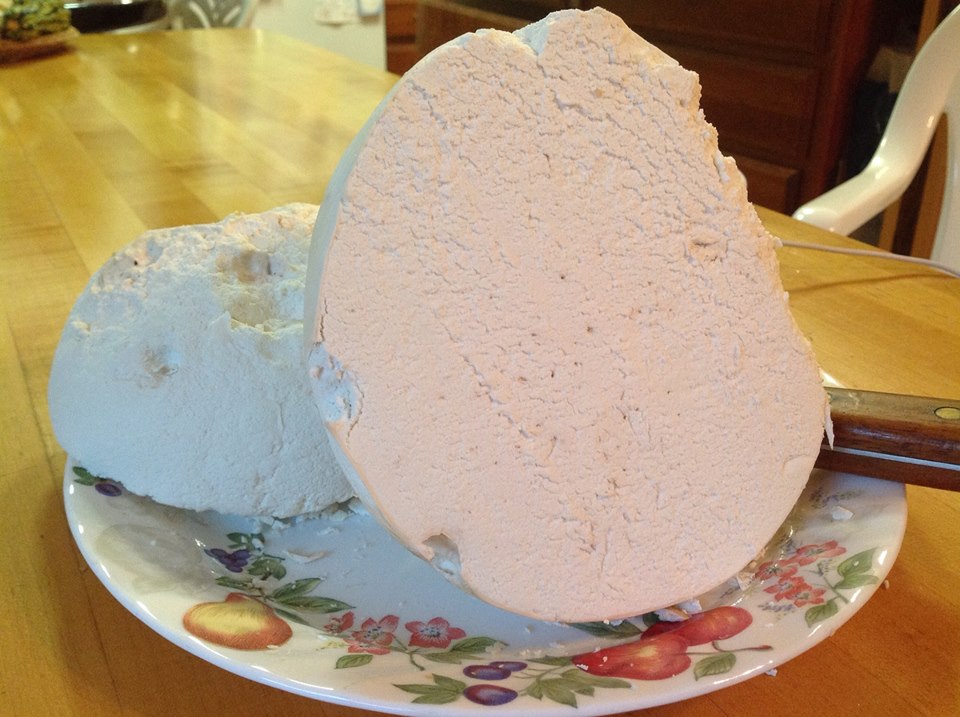
Jack-o’-lantern Mushrooom
With Halloween coming up, what better fungi to talk about than the jack-o’-lantern? These bright orange mushrooms grow in clusters on wood and are commonly found at the base of oak or other deciduous trees in the fall and spring. Be careful not to mistake them for edible yellow or golden chanterelles, however, as the jack-o’-lantern mushroom contains toxic chemicals that can cause vomiting, diarrhea and headaches.
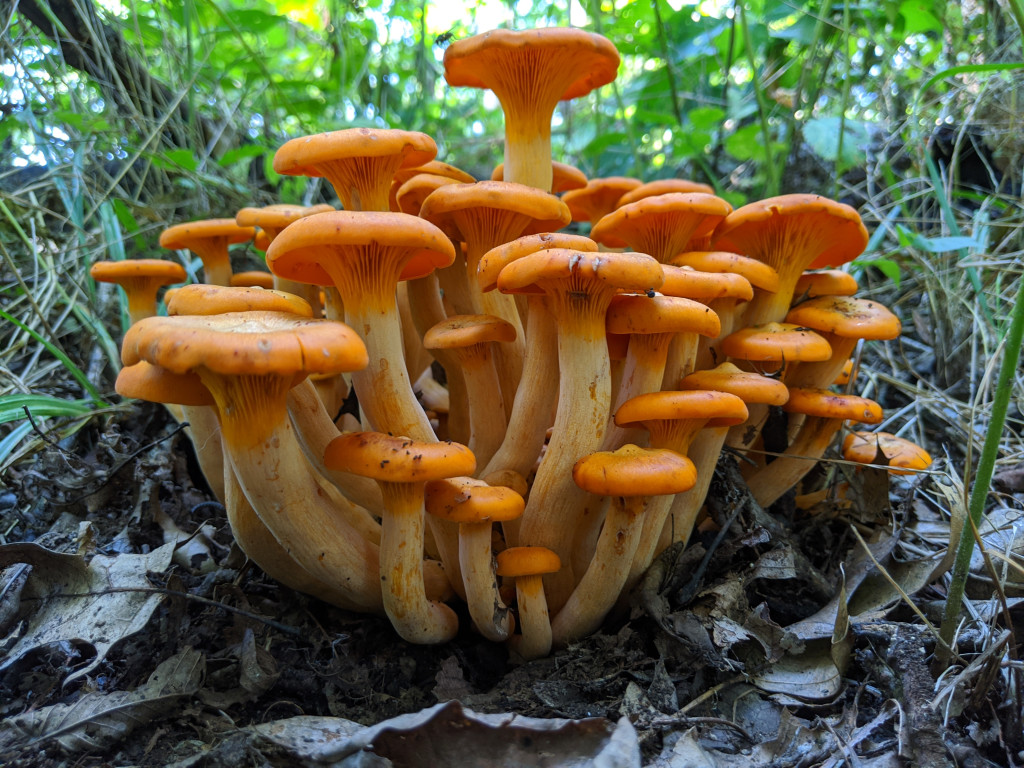
Wood Ear Mushroom
The wood ear mushroom gets its name from its black to reddish-brown coloring and its amazing ear-like texture and shape. Wood ears can be found in groups on rotting wood May through November and is considered edible and medicinal. According to recent research, the mushrooms may have antitumor, hypoglycemic, anticoagulant and cholesterol-lowering properties.
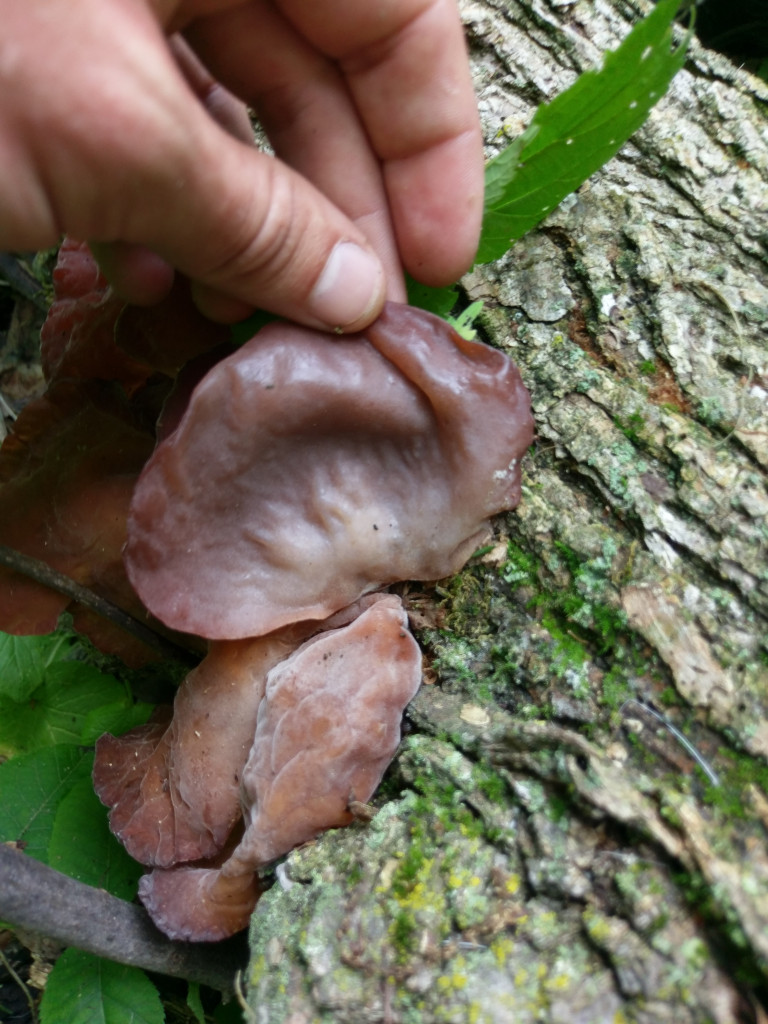
Lion’s Mane Mushroom
The lion’s mane mushroom is one of the most typical and identifiable mushrooms in Nebraska. They are normally found in the fall and are highly sought-after for their delicious flavor and texture. As its name implies, lion’s mane either grows in a single clump or with dangling long spines, like the hairs around a lion’s head. These mushrooms also possess two unique compounds that help stimulate the growth of new brain cells and has the potential to prevent Alzheimer’s and dementia.
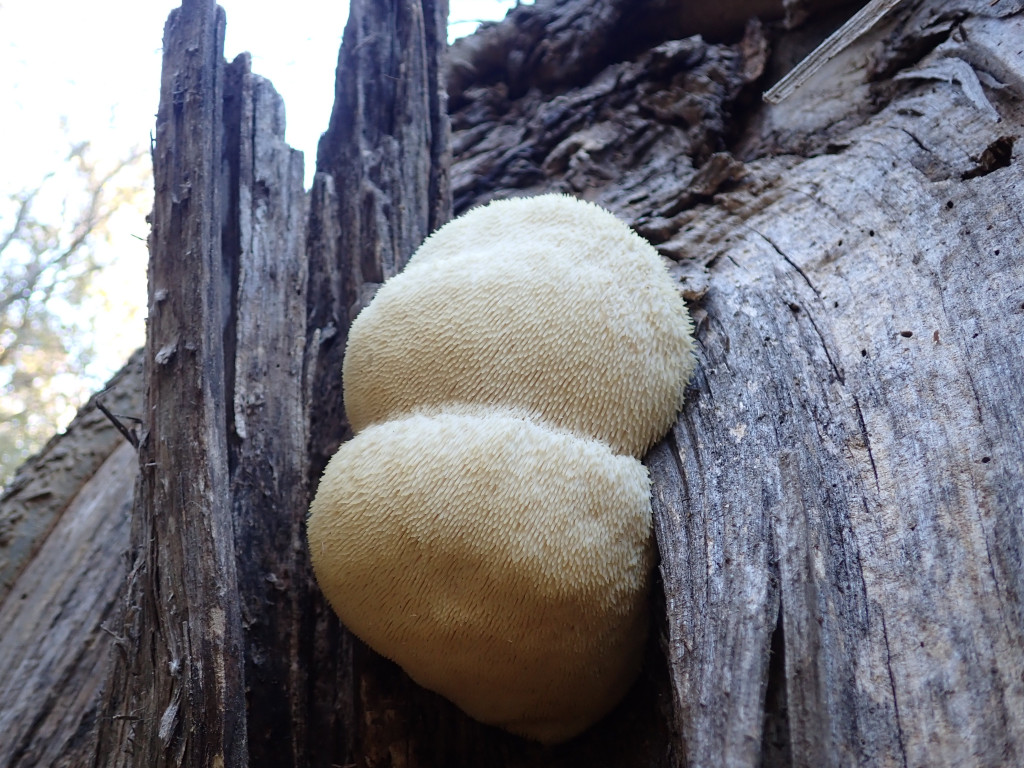
The post Nebraska’s Fall Fungi appeared first on Nebraskaland Magazine.
















